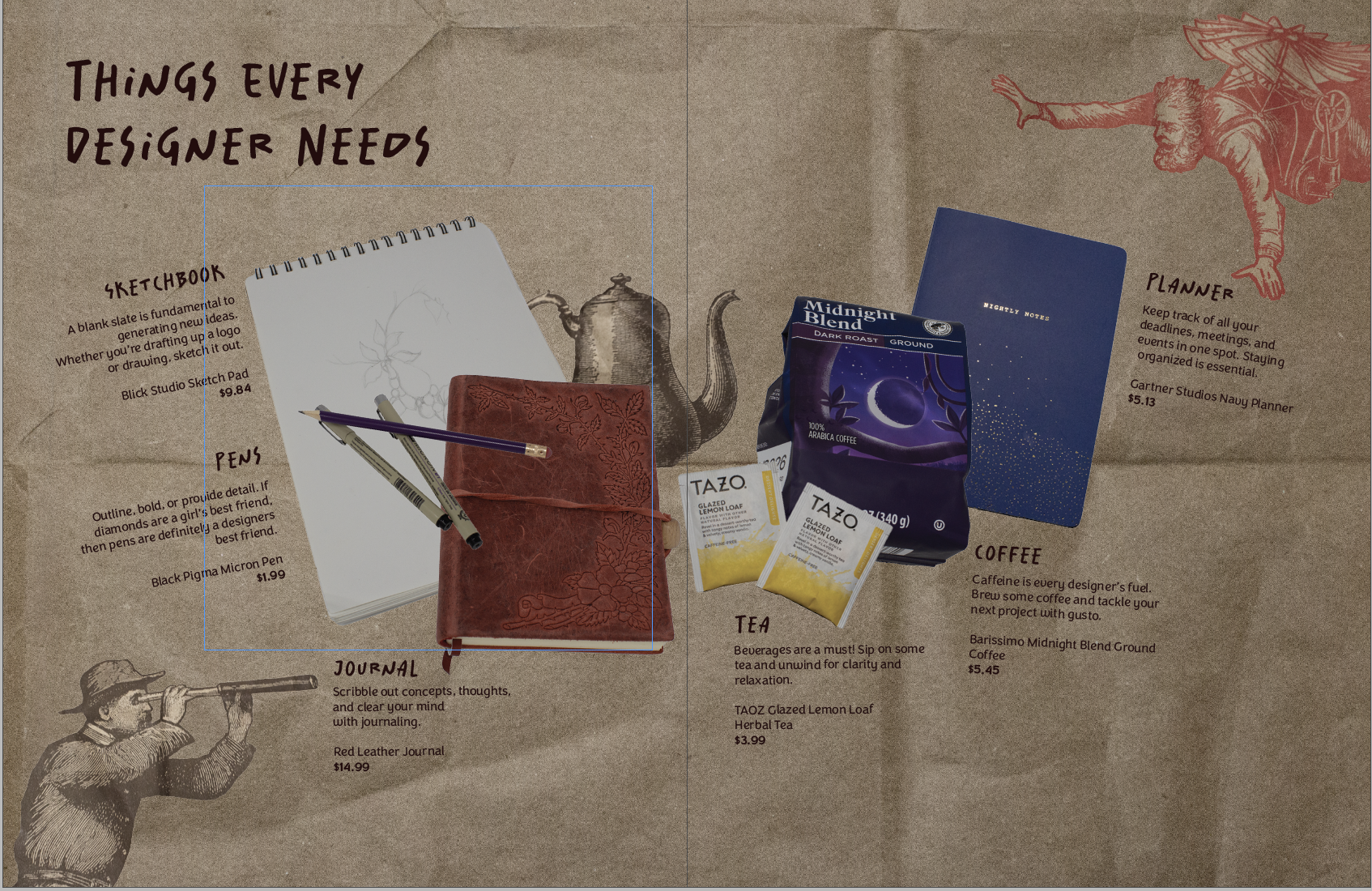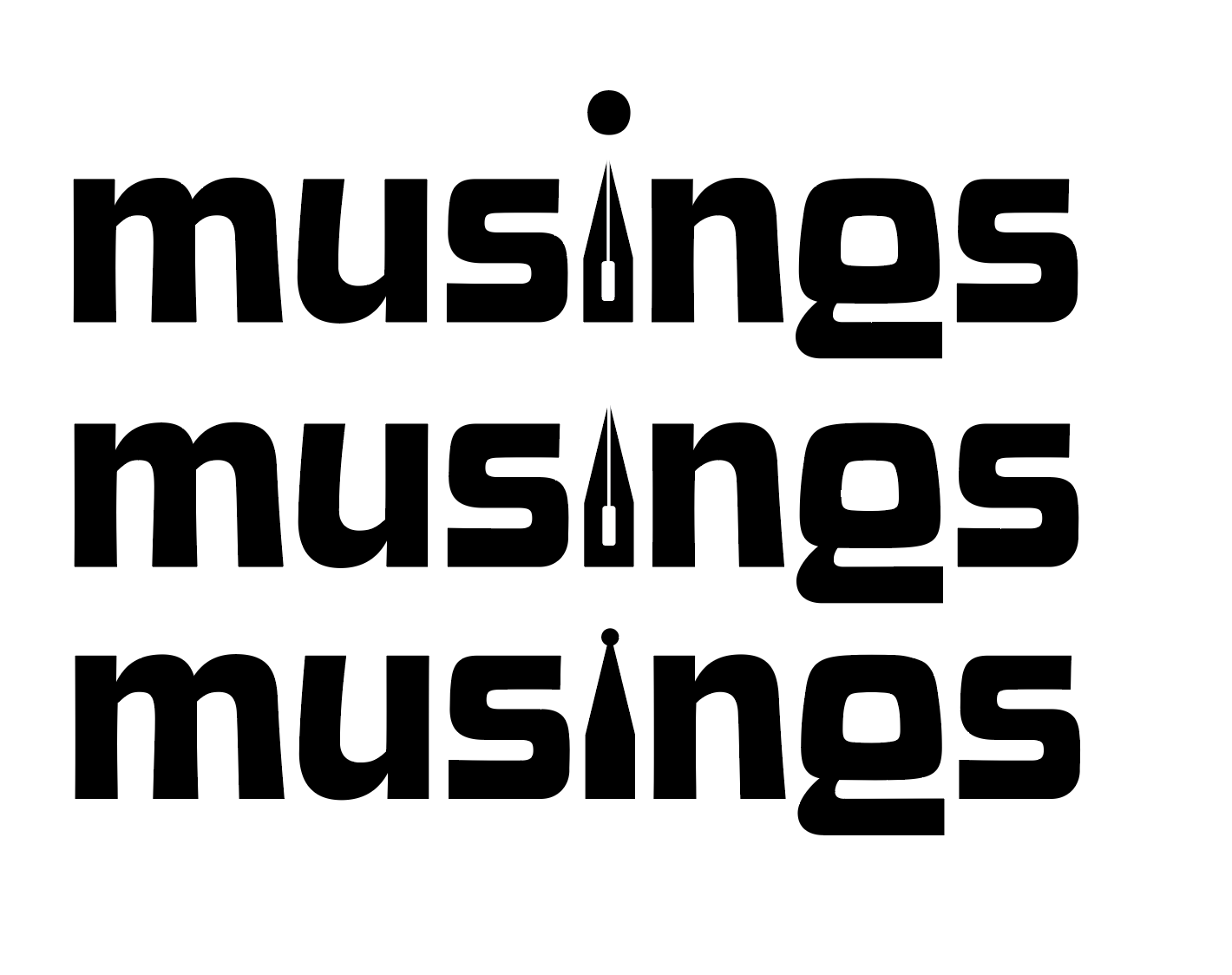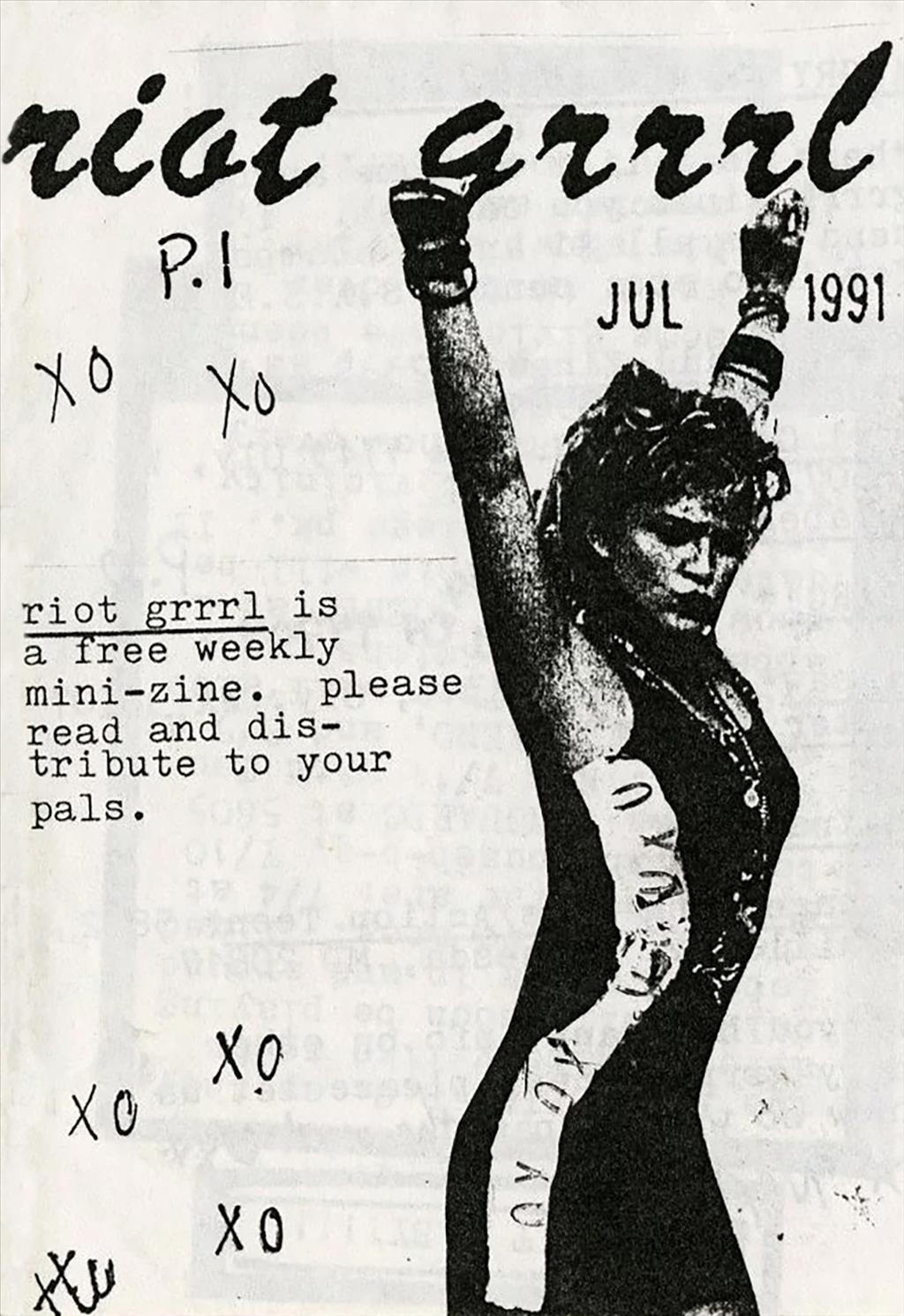Almost a year ago, an old friend gave me some cool old magazines. It was so cool to flip through them and see old ads and stories. There was a 1925 needlework magazine that was battered and it had such neat illustrations, that I just had to turn it into a zine. I did feel bad about cutting into it but it was practically falling apart and it had been scribbled in. (I still feel a little guilty)
I went for the easiest and most basic zine method. Which is basically folding a letter size paper into 8 sections. For the zine, I used paper, the old magazine, elmers glue, and some dried forget me nots. The process took a long time. I wasn’t sure what direction I wanted to go. I started by cutting out my favorite illustrations and bigger words.
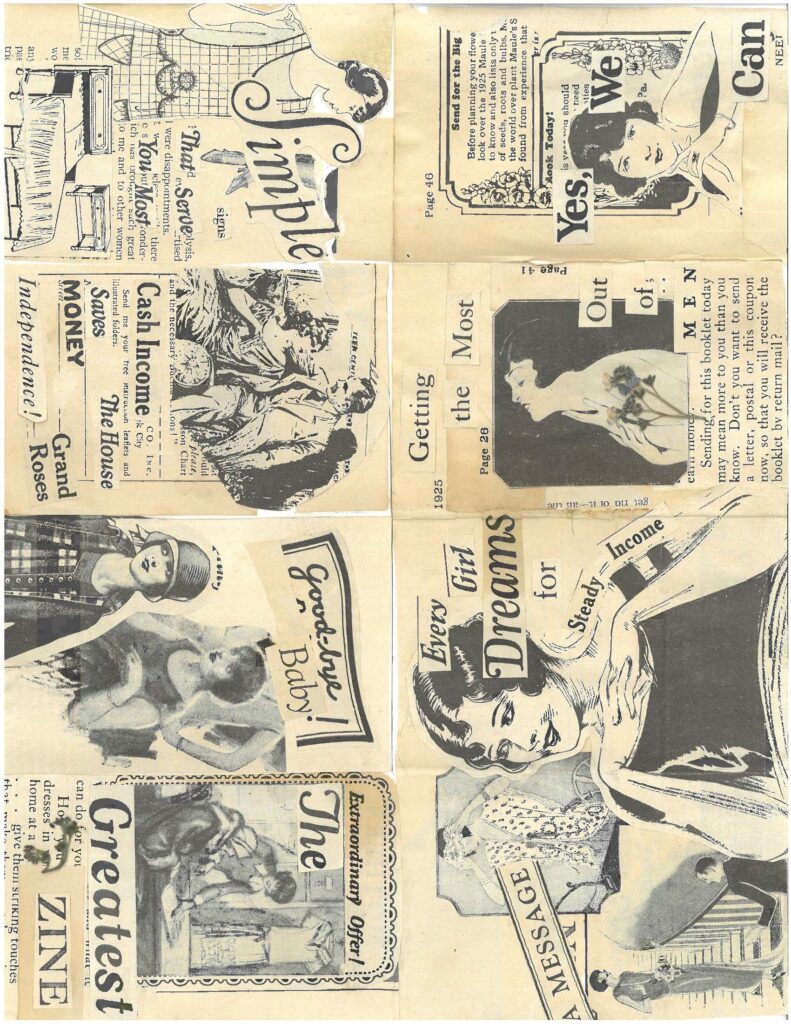
This project took a long time and stayed halfway done buried in a sea of half-finished projects. But I finally finished it a week ago! Once I was done with the original, I scanned it and printed off copies. I like the grayscale look, but the original yellow would also be cool. I cut and folded the copies and wham bam I had multiple zines.
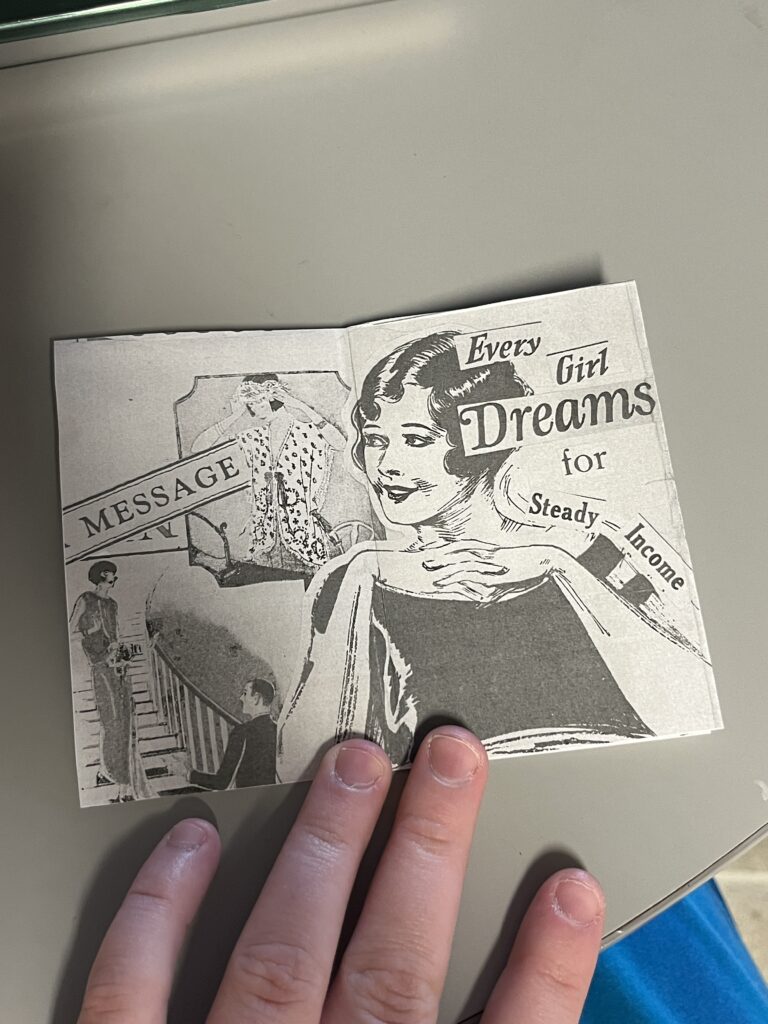
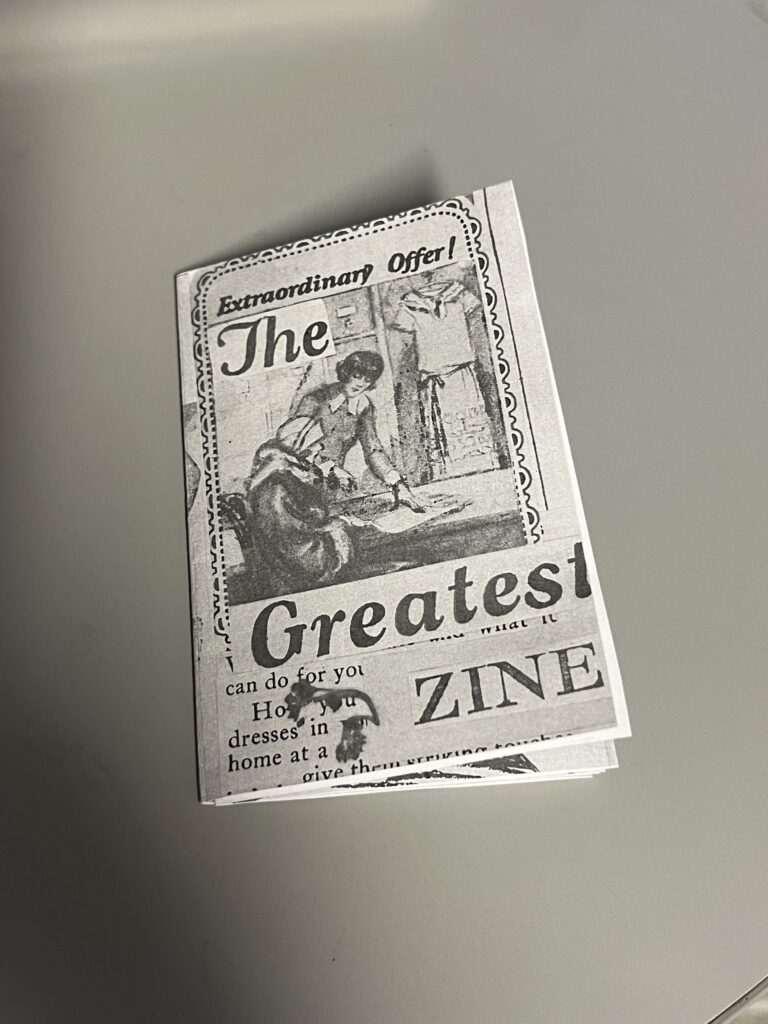
The printer did cut off some of the edges, but I’m not bothered. I’m so proud of it!








